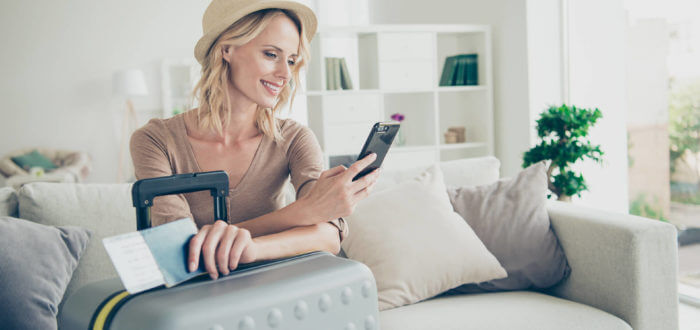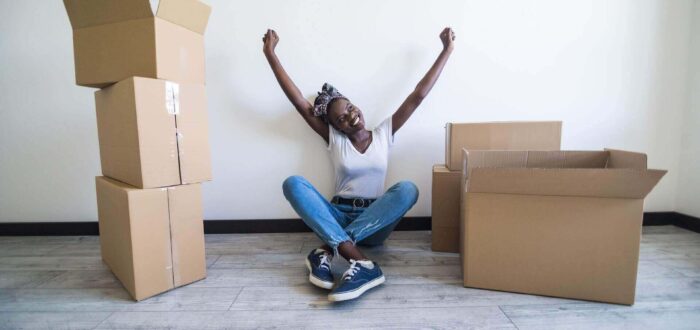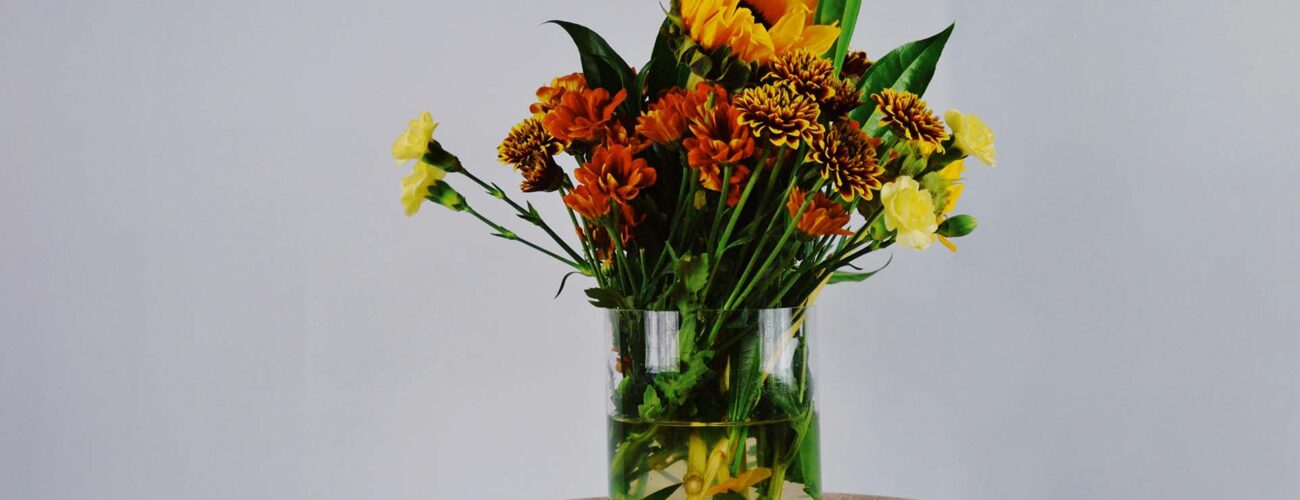

Mastering How to Pack Vases for Moving Without a Chip
Posted in How-to on March 18, 2024
Mastering how to pack vases for moving is crucial for anyone looking to relocate these items without a single chip. This guide will provide you with all the steps to ensure your vases are prepared for transport, focusing on the best practices for preventing damage. Follow our expert advice to keep the cherished items safe and sound throughout the journey.
How to Pack Vases for Moving
When it comes to packing fragile items for moving, learning how to pack vases properly is essential. The process involves carefully wrapping each vase with bubble wrap or packing paper, securing the material with tape, and placing the items in sturdy boxes that have been lined with soft padding.
By ensuring that each vase is individually protected and snugly fitted within the box, with extra cushioning to fill any gaps, you can minimize the chances of damage during transportation. This careful approach not only preserves valuable pieces but also contributes to less moving stress. You’ll know that delicate belongings are securely packed and ready for the journey ahead.
Assess the Precious Vase Collection in Your Home
Determining what to keep and what to get rid of is a crucial step when planning to downsize for relocation.
Individuals should evaluate their vase collections by taking into account the sentimental and monetary value of each piece.
This decision-making process aids in identifying items that truly matter and those that might be better suited for donation or sale.
This critical assessment helps minimize clutter and focus on essentials, making the transition smoother and more organized.
Categorize Vases by Material and Size
Sorting vases into categories based on material (glass, porcelain, ceramic, etc.) and size is an essential first step in preparation. This categorization is invaluable for creating an efficient approach to ensure items are handled with the care they require.
By truly understanding the specific needs of each material and the best methods to accommodate different sizes, individuals can avoid relocation mistakes and ensure that their items move safely. This systematic organization paves the way for a more organized and stress-free process, guaranteeing the well-being of each piece.
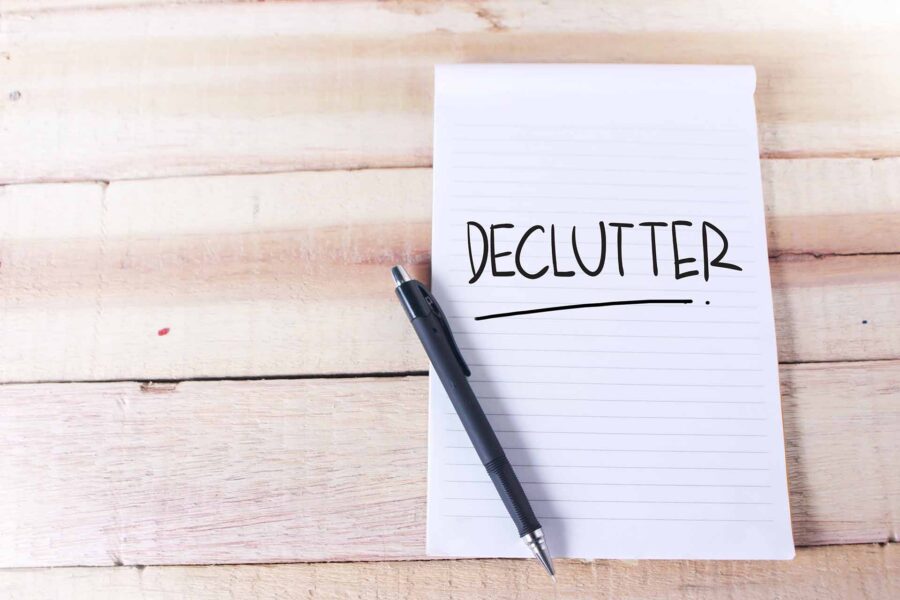
Gather Essential Packing Supplies and Materials
For moving delicate vases safely, it’s imperative to have the right tools and materials on hand. Different packaging materials play unique roles in protecting items during transit, making them a crucial part of the relocation checklist. Ensure to gather the following supplies:
- Bubble wrap, for wrapping and cushioning each vase.
- Packaging paper, to provide an initial layer of protection and fill empty spaces inside boxes.
- Sturdy boxes, specifically designed to handle fragile items.
- Adhesive tape, for securing wrapped items and sealing boxes.
- Markers, to label boxes with handling instructions and contents.
- Packing peanuts or foam, to add extra cushioning in the boxes around the vases.
Select the Best Type of Cardboard Box
Choosing the right type of cardboard box is critical for safe transport. Double-walled boxes are often recommended for their strength and durability, offering superior protection against impacts. These boxes can typically be found at supply stores or through online retailers specializing in shipping materials.
When selecting boxes, look for ones that are slightly larger than the item being packed, allowing room for ample quality cushioning material on all sides. Additionally, using specialty boxes designed for fragile items can provide an extra layer of security. These might include boxes with built-in dividers or ones that come with additional padding.

Step-by-Step Guide to Packing Vases Safely
To organize packing to move, the process should start with a clear plan and the right materials at hand well before it’s time to relocate. Begin by assessing each vase for size and fragility, gathering necessary packaging supplies, and setting aside plenty of time to carefully pack each item. This meticulous approach ensures that each vase is given the attention it deserves, significantly reducing the risk of damage during the transition.
Prepare the Cardboard Box
Preparing the cardboard box properly is foundational for making sure the vases travel safely. Start with a sturdy, double-walled box slightly larger than the vase to allow room for padding. Reinforce the bottom of the box with tape for added strength.
Place a generous layer of bubble wrap or crumpled paper at the bottom to create a cushioned base. This setup provides a protective environment that absorbs shocks and vibrations, keeping the vase safe during transport.
Wrap the Vase Securely
Wrapping the vase securely is one of the most critical packing tips for moving fragile items. Begin by placing the vase on a flat surface covered with bubble wrap or paper. Wrap the material around the vase, ensuring every part, including the base and opening, is well-protected.
Use tape to secure the wrap, but avoid placing it directly on the vase’s surface. Pay special attention to protruding parts or narrower sections by adding extra padding. This careful wrapping is crucial for preventing movement inside the box that could lead to damage.
Additionally, If you’re wondering how to pack glass vases for moving across country, we recommend using protective packing strategies for glassware. One approach is using socks or foam pouches for individual vases, providing a snug fit and excellent cushioning. Lastly, leverage the structure of the belongings by nesting smaller pieces inside larger ones (with a protective layer between them) to save space.
Position It Inside the Box and Fill the Gaps
To pack efficiently and plan a stress-free relocation experience, positioning the vase inside the box correctly is key. Place the wrapped vase in the center of the box, on the cushioning layer. Next, fill the gaps around the vase with additional bubble wrap, packing peanuts, or crumpled packing paper to prevent any movement.
This method guarantees the vase remains immobile, reducing the risk of collisions or pressure points. Once fully packed, the box should be sealed securely with adhesive tape.
Seal and Label the Cardboard Box
When moving delicate vases safely, sealing and labeling the cardboard box properly cannot be overstated. After ensuring that each vase is securely wrapped and positioned within the box with adequate cushioning around it, the next step is to seal the box.
Use high-quality tape to close the top flaps, then reinforce all edges and seams to prevent the box from opening during transport. Before sealing, double-check that everything inside the box is packed nicely, with no room for movement or rattling sounds. Be cautious at this stage so that the vases are well-protected throughout the journey.
Use “Fragile” and “This Side Up” Signs
Labeling boxes containing vases with “Fragile” and “This Side Up” warnings is crucial for their safe handling by long-distance movers. These labels communicate to everyone handling the box that its contents require gentle care.
It’s also helpful to include a brief description of the contents of the box, such as “Glass Vase,” which can be useful during the unpacking process. Place these labels on multiple sides of the box to ensure they are easily visible from any angle.
Think About Using Packing Services for High-Value Vases
For high-value vases, packing services offered by moving companies such as Cross Country Movers can provide peace of mind. This option is particularly useful when you don’t fully trust your DIY vase packing techniques.
Cross-country movers are equipped with knowledge and expertise that you can benefit from. In most cases, they bring packaging materials and use the best techniques and strategies for protecting items. If you are not sure how to properly pack any valuable but fragile item, reach out to a moving company.
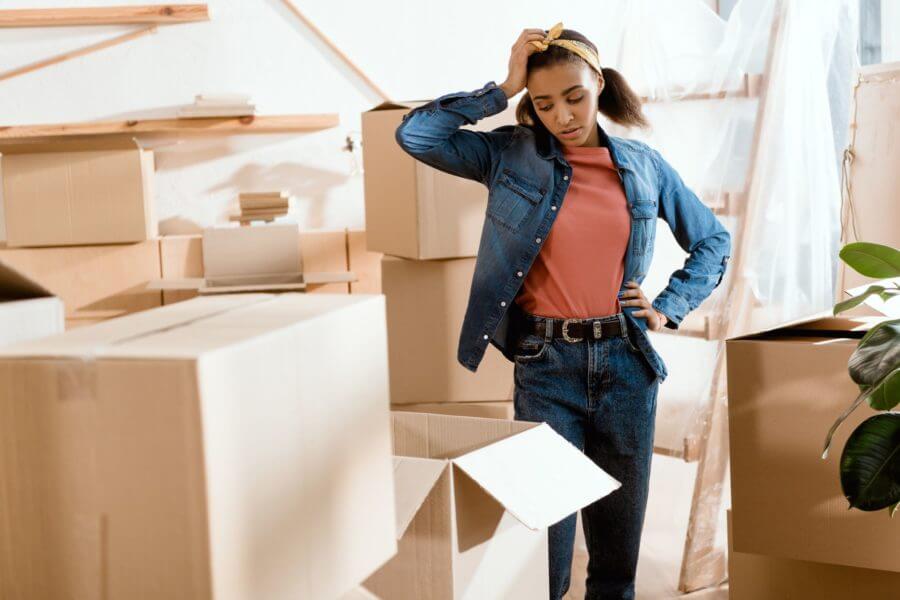
Choose a Long-Distance Moving Company
Selecting the right long-distance moving company is crucial for a smooth relocation process. Start by seeking recommendations from friends or family who have recently moved. Research each company’s track record for reliability, customer service, and handling of delicate items. It’s vital to obtain multiple estimates to compare services and costs.
Ensure each company is licensed and insured, protecting against the loss or damage of your belongings. Checking the Better Business Bureau website can offer insights into the company’s reputation and customer satisfaction levels. Remember, the cheapest option is not always the best when it comes to investing in long-distance moving services.
Provide the Movers With the Inventory List
This inventory list should include all belongings that need to be relocated, highlighting items that require special attention, such as vases. Providing the movers with this list allows you to discuss which items might benefit from professional packing services.
For fragile items like vases, professional packers can offer the expertise and materials needed to secure them properly. This conversation helps in planning and allocating resources effectively, ensuring that the most delicate items receive the care they deserve.
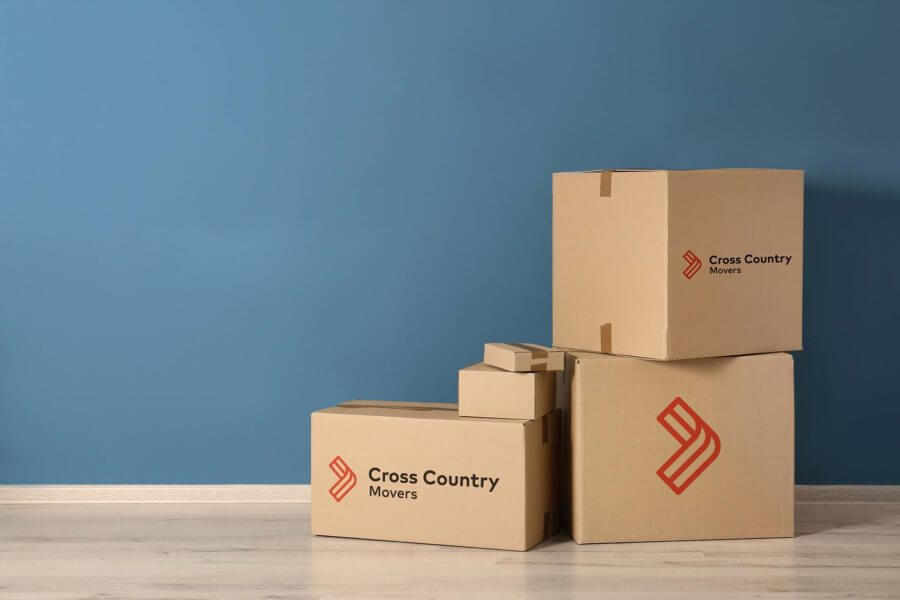
Upon Arrival, Unpack the Box With Vases Carefully
When you get to a new home, the task of unpacking vases demands the same level of care and attention as packing them. Open each box from the top, gently removing the sealing tape to avoid sudden movements that could disturb the contents.
Extract each vase slowly, peeling away the bubble wrap or packing paper layer by layer. It’s a good idea to have a soft, padded surface prepared where you can place the vases immediately after unwrapping.
Conduct a Post-Relocation Inspection
Start by examining each vase closely for any signs of damage that may have occurred during the relocation. It’s helpful to compare the condition of each item against the pre-move inventory photos or descriptions.
Any discrepancies or damages should be documented promptly and reported to the relocation company to discuss possible compensation or insurance claims. This process provides valuable feedback on the effectiveness of your packing and the moving company’s handling.

Rely on Cross Country Movers for a Successful Move
From assessing and packing the precious vases to choosing the right relocation company, every step contributes to a smooth transition. Remember to unpack carefully and conduct a post-relocation inspection to check that all is as it should be.
For expertise and support throughout this journey, contact us, Cross Country Movers. Our commitment to providing excellent cross-country moving services ensures your cherished belongings arrive safely, making your move a positive experience.
Frequently Asked Questions
How Should I Pack a Very Large Vase for Moving?
For anyone wondering – how to pack large vases for moving, we recommend filling their interior with crumpled paper to prevent inward collapse. Next, wrap it thoroughly in bubble wrap, securing it with tape, and place it in a box with ample cushioning at the bottom. The box should be filled with additional soft materials to immobilize the item during transit.
What’s the Best Way to Pack a Vase With a Narrow Neck and Wide Base?
Items with narrow necks and wide bases require a tailored approach. Begin by filling the base with soft materials to add stability, then wrap the neck securely with bubble wrap, adding extra padding around the wider parts. Place it in a box with sufficient cushioning around all sides to prevent any tilting or shifting.
Can I Use Towels and Clothing to Wrap My Vases?
Yes, textiles like towels and clothing can serve as alternative wrapping materials. They provide excellent cushioning around vases, adapting well to their shapes. Ensure they are completely covered, and place them in a box surrounded by additional soft items for extra stability.
What Should I Do if a Vase Is Too Fragile to Move?
For extremely delicate ones, consult with professional services that specialize in handling such items. They can offer custom solutions, such as custom crating, which provides superior protection. If this is not an option, it may be safer to transport it personally, using a vehicle where it can be kept stationary and monitored.
How Do I Unpack a Tightly Packed Vase Without Causing Damage?
To safely remove a tightly wrapped item, start by gently cutting the tape on the wrapping materials, being careful not to apply pressure to the vase itself. Slowly peel away the layers of bubble wrap or other materials, supporting the item from the bottom as you do so. It’s best to perform this task over a soft, padded surface to minimize the risk of accidental drops.
